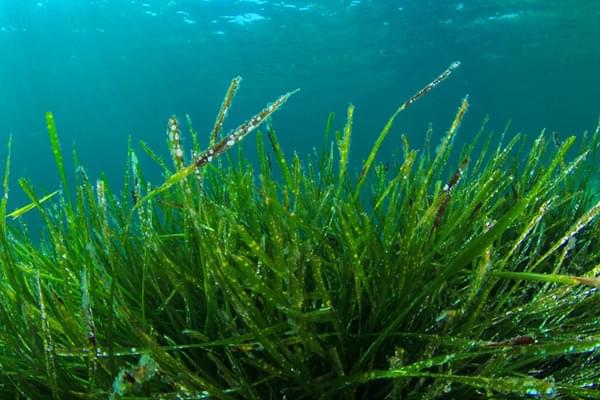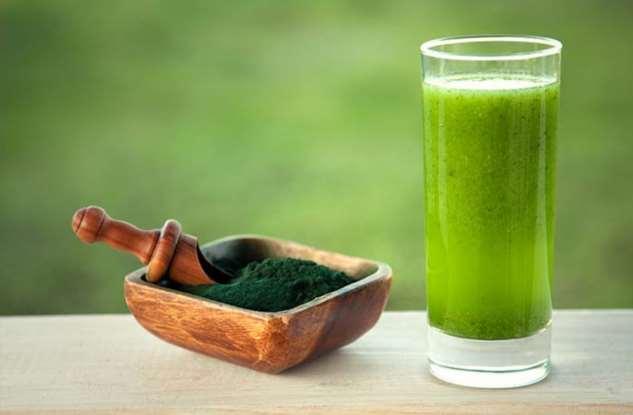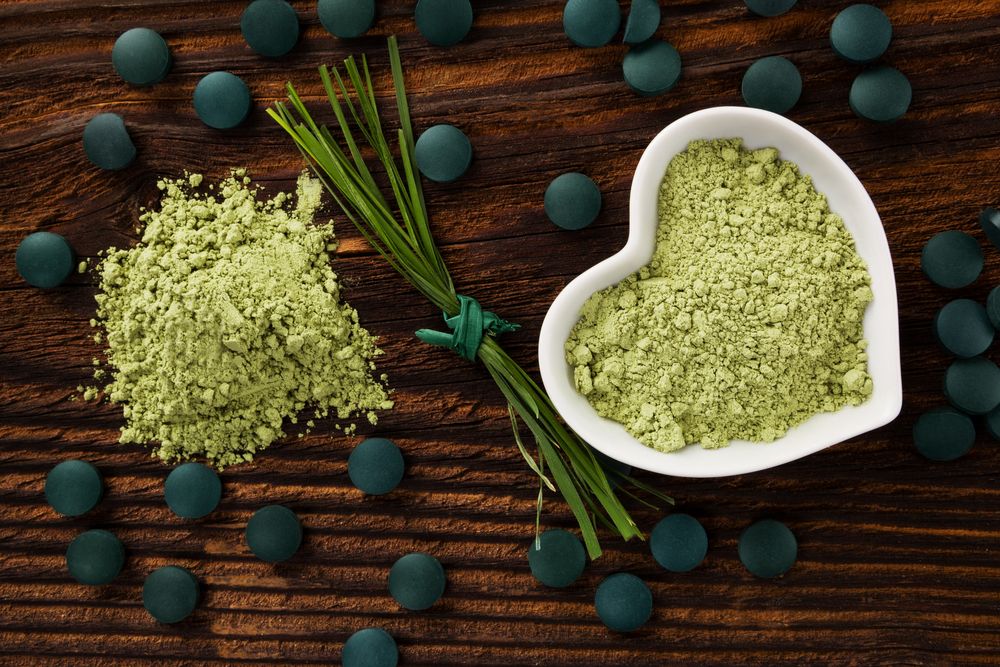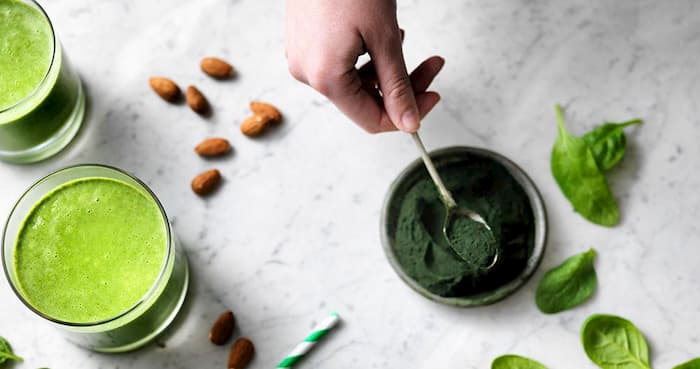Spirulina, also known as blue-green algae, is a type of cyanobacteria that grows in both fresh and salty environments. This unicellular microalgae has a number of unique biochemical properties. Since ancient times, it has been used as a vitamin and nutrient storehouse, healing our ancestors from many diseases. However, the real popularity of spirulina supplements came in the 70s of the last century, and since then interest in them has only increased. Spirulina is one of the most sought after dietary supplements on the planet today.

What is spirulina
According to scientists, spirulina appeared on our planet about 3.5 billion years ago and is now one of the oldest inhabitants of the Earth. This microalgae is blue-green in color and has a spiral shape from which it owes its name. At the present stage, science has revealed many unique properties of spirulina, which can normalize almost all physiological functions of the human body.
“Spirulina is one of the top five cleansing foods for the body. In addition, having an alkalizing effect, it favorably affects the functioning of the immune system.”
Blue-green microalgae are a source of an impressive number of trace elements necessary for the daily life of the body. Spirulina normalizes the functioning of organ systems, increases resistance to diseases and stress, accelerates wound healing, prolongs youth and increases life expectancy.
What benefits does it have for the body?
Cyanobacterium has a lot of valuable properties for health, which include:
- Anti-inflammatory and antioxidant properties. The substances that make up the blue-green algae prevent oxidative stress and protect the cells of the body from damage.
- Antitumor properties. Phycocyanin, which is the main pigment of blue-green microalgae, significantly reduces the risk of cancer. It has the ability to destroy cancer cells and strengthen the immune system.
- Prevention of anemia. Microalgae have a large supply of iron, so taking a dietary supplement with spirulina treats iron deficiency anemia, increases hemoglobin, and is also useful for chronic lack of white blood cells (leukopenia).
- Decreased blood pressure. Regular intake of blue-green algae strengthens the cardiovascular system, fights cholesterol deposits and thins the blood, preventing the formation of blood clots.
- Increasing strength and endurance. Intense training brings oxidative damage and muscle fatigue. Studies have found that regular consumption of spirulina significantly increases the time it takes for muscle fatigue. Cyanobacteria significantly improve the physical condition of athletes and minimize the processes of catabolism.
- Normalization of sugar levels. Consuming spirulina lowers glucose levels and raises blood insulin levels, which may help people with type 1 diabetes. Spirulina also shows good results in the treatment of diabetic tissue lesions.
- Skin improvement. Spirulina relieves inflammation and rashes, makes the skin even, smooth and radiant.
- Spirulina is recommended for vegetarians as a source of protein, which traditional dieters get from meat, fish and dairy foods. Regular intake of blue-green algae improves the condition of the endocrine, digestive and cardiovascular systems.
How is spirulina made?
On the shelves of pharmacies and health food stores, spirulina comes in the form of:
- powder;
- tablets;
- capsules.
Spirulina in powder form can be used to make smoothies, added to salads and other dishes, and used to make solutions. Powdered algae are also used to enrich cosmetic masks, which perfectly smooth and rejuvenate the skin.
The tablet form is simple and convenient to use, because a jar of tablets can be taken with you on trips, to work or to the gym. To replenish the supply of micronutrients in the body, it is enough to swallow a pill and drink it with water.
Spirulina capsules are well suited for those who find it difficult to take the substance due to its specific taste. A dense gelatin shell securely seals the contents of the capsules, but dissolves easily when it enters the stomach.
What is the composition of spirulina
The main element in the composition of microalgae is chlorophyll, which is responsible for their characteristic color. It is he who determines a number of useful properties of spirulina, increases the resistance of the immune system to infections and bacteria, saturating the body with microelements and vitamins.
Blue-green algae contains:
- protein;
- iron;
- copper;
- potassium;
- manganese;
- magnesium;
- omega fatty acids.
Blue-green algae are made up of 70% vegetable protein, which is lighter than animal protein. This avoids the load on the digestive system and the associated discomfort and pain.
The lion’s share in the biochemical composition of spirulina is vitamin A and B vitamins, which are indispensable for the health of the eyes, skin and nervous system.

Spirulina for weight loss. Truth or myth
The beneficial properties of spirulina will really help to become slimmer, but it still cannot be considered a panacea for severe forms of obesity.
The cleansing functions of blue-green microalgae have a beneficial effect on the gastrointestinal tract and help better digestion of food. In addition, the high protein content quickly gives a feeling of satiety and dampens the feeling of hunger for a long time.
Spirulina speeds up the metabolism, normalizing the even distribution of proteins, fats and carbohydrates. Therefore, the food that comes with the dietary supplement will not turn into fat deposits in problem areas of the body.
The course of taking spirulina for weight loss usually lasts from three weeks to a month, but can be continued as directed by a nutritionist. For maximum results, microalgae intake must be combined with a proper diet, physical activity, and drinking plenty of fluids.



